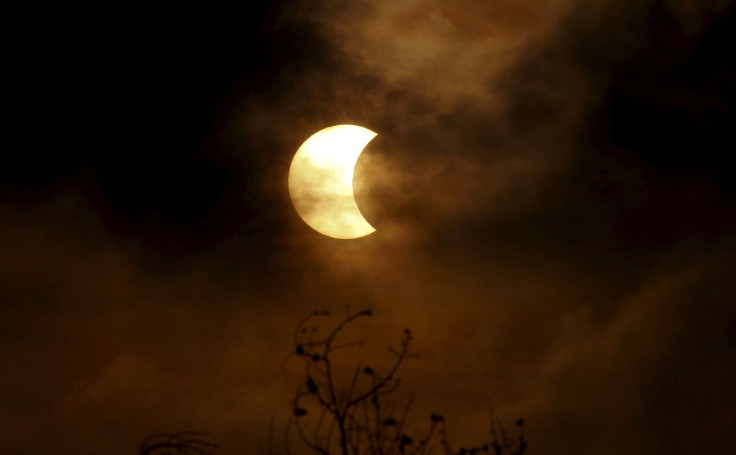Total eclipse set on August 21, ‘Great American Eclipse’ not visible in Australia

For the first time in 99 years, a total solar eclipse will cross America from the East Coast to the West Coast on Aug. 21. The sky may not be as dark in Australia on that day, but Australians can see how the “Great American Eclipse” looks through photos, which are expected to make it to the Internet.
Residents of Portland, Oregon, Charleston, South Carolina and other states in the US will feel that the sun was turned off on a summer day. Kansas City, Nashville and Charleston have the best chances of seeing the sun blocked. Meteorologist Scott Sistek said the moon will block about 93 percent of the sun if the sky is clear.
During the rare occurrence, the moon will pass in between the sun and the Earth, covering the sun for nearly one and a half hours. The last celestial event that took place from the continental United States was in 1979.
Jay Pasachoff, an astronomer at Williams College in Massachusett, describes the “Great American Eclipse” as a “tremendous opportunity.” “It is a chance to see the universe change around you,” he told Space.com.
Where to View Solar Eclipse 2017
According to the official website of the “Great American Eclipse,” the western half of the United States, particularly from the Willamette Valley of Oregon to the Nebraska Sandhills, will be the best places to view the approaching solar eclipse. Eclipse2017.org notes that the best place to see the eclipse in Oregon is “at a rocky spot of ground just north of Newport that sticks its nose out into the Pacific.” Dallas, Albany, Corvallis, Lebanon, Philomath, McMinnville, Woodburn, and Salem will also see the total eclipse.
CNN reports that space enthusiasts and people who want to personally witness the event have been booking hotels. Camping is also a lodging option for people who do not want or are unable to book a hotel. Australians and people from other parts of the world who can’t head to the US on Aug. 21 may view the event through broadcast and social media.
NBC News notes that the majority of researchers are hoping that millions will see the event live. “By the time totality reaches the East Coast, everyone there is going to have had 90 minutes of all those other millions of people tweeting, sharing, instagraming, and photographing,” the publication quotes Tyler Nordgren, an astronomer at the University of Redlands.




















